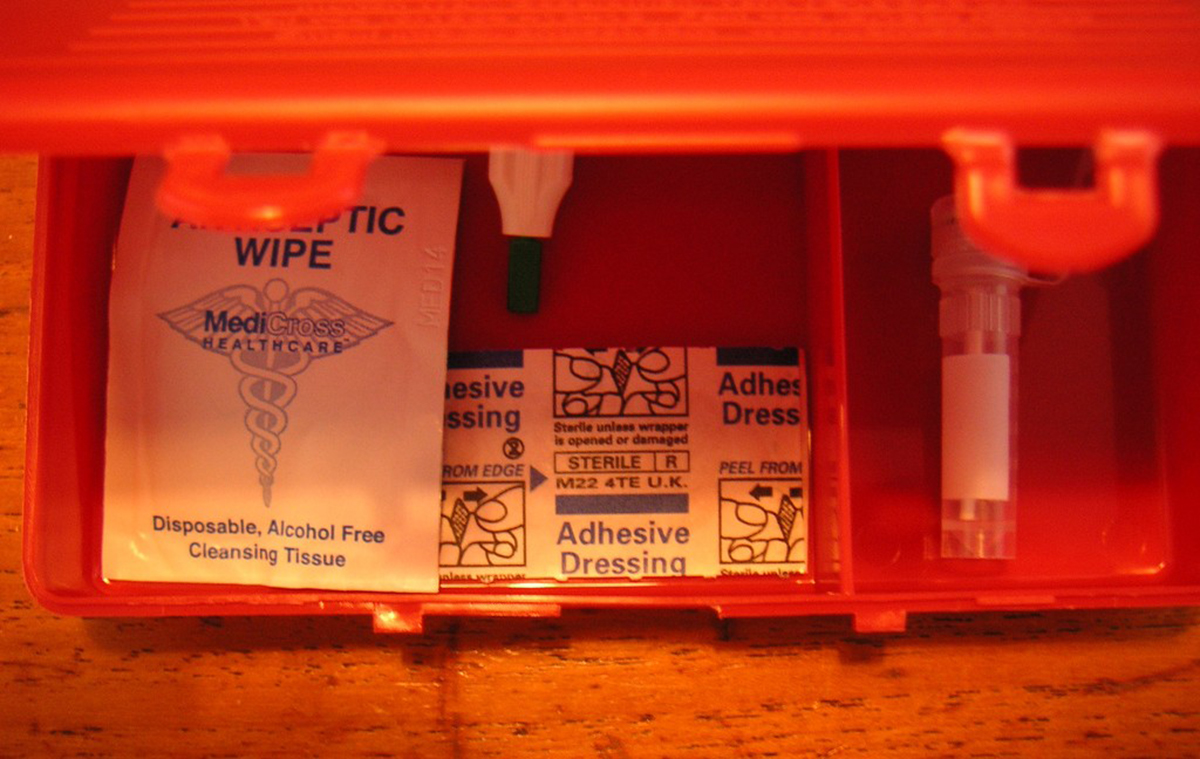Table of Contents
You don't have to wait until you develop some dreadful disease to know that you have a vitamin D deficiency. Vitamin D levels can be measured with a simple blood test. Testing for vitamin D is not yet sufficiently commonplace that most labs do it the same day, but typically your doctor gets a report on your vitamin D levels the second day after you have your blood drawn--so be sure to go to the lab for your blood draw ahead of your doctor's appointment.

Different Vitamin D Levels for Protection from Different Diseases
Different vitamin D levels are associated with protection from different diseases. Most labs will report any vitamin D level below 20 nanograms per milliliter (ng/ml) as "low." Some labs express their measurements in nanomoles per liter. The equivalent of 20 ng/ml is the 50 nanomoles per liter or 50 nm/L.
Low level is the degree of deficiency associated with increased risk of cancer. However, increased risk of cardiovascular disease is associated with vitamin D levels below 30 ng/ml (or 75 nmol/L). Your lab results may come back as normal but you may still need to take vitamin D to reduce your risk of heart disease.
Usually doctors order tests for 1,25-hydroxyvitamin D. A test for a different form of the vitamin, 25-hydroxyvitamin D would be more informative--but don't sweat the difference. If your levels are low, you need to supplement.
If you could get all the vitamin D your body needed from sunlight, chances are you already would. The skin doesn't make vitamin D when it is covered by sunscreen, and it can't make vitamin D on dim, dark, cloudy day. If the UV level outdoors is less than 3, your skin won't make any vitamin D.
D3, Not D2
Vitamin D exists in two different forms. Vitamin D2, which is also known as ergocalciferol, is the "storage" form of the vitamin D. Vitamin D3, which is also known as cholecalciferol, is the "active" form of the vitamin. In one recent study, taking vitamin D3 reduced the risk of cancer, heart disease, and diabetes, while taking vitamin D2 did not.
See Also: Vitamin D And Bone Health
Vitamin D2 is primarily found in plant-based sources like UV-exposed mushrooms, fortified foods, and supplements. It is less potent and effective at raising blood levels of vitamin D compared to D3. Vitamin D3, on the other hand, is produced in the skin upon exposure to UVB sunlight, present in animal-based foods, and available in supplements. It is considered more bioavailable and efficient in raising vitamin D levels.
Both forms are converted into the active form, calcitriol, but D3 tends to be more readily converted. While both are available in supplement form, D3 is more commonly used due to its effectiveness. The recommended daily allowance (RDA) typically combines D2 and D3, with variations based on age, sex, and life stage. Vitamin D2 may be prescribed for specific medical conditions, while D3 is widely available over-the-counter.
About 4,000 IU of vitamin D a day is enough to keep from going backwards. You may need to take 200,000 to 300,000 units above your body's immediate needs to replenish your stores of vitamin D. Your body can't absorb that much vitamin D all at once unless it is injected, so take 5,000 IU of vitamin D a day for three to six months and then just 4,000 IU per day thereafter. It's possible to overdose on vitamin D, that requires millions of units taken over a period of several weeks. Limit yourself to 5,000 IU per day for best results.
- Gröber U, Spitz J, Reichrath J, Kisters K, Holick MF. From rickets prophylaxis to general preventive healthcare. Dermatoendocrinol. 2013 Jun 1,5(3):331-347. Epub 2013 Nov 5. Review.
- Vitamin D: Update 2013.
- Jehle S, Lardi A, Felix B, Hulter HN, Stettler C, Krapf R. Effect of large doses of parenteral vitamin D on glycaemic control and calcium/phosphate metabolism in patients with stable type 2 diabetes mellitus: a randomised, placebo-controlled, prospective pilot study. Swiss Med Wkly. 2014 Mar 20. 144:w13942. doi: 10.4414/smw.2014.13942.
- Mindmap by steadyhealth.com
- Photo courtesy of Lee Haywood by Flickr : www.flickr.com/photos/leehaywood/4141300940


Your thoughts on this